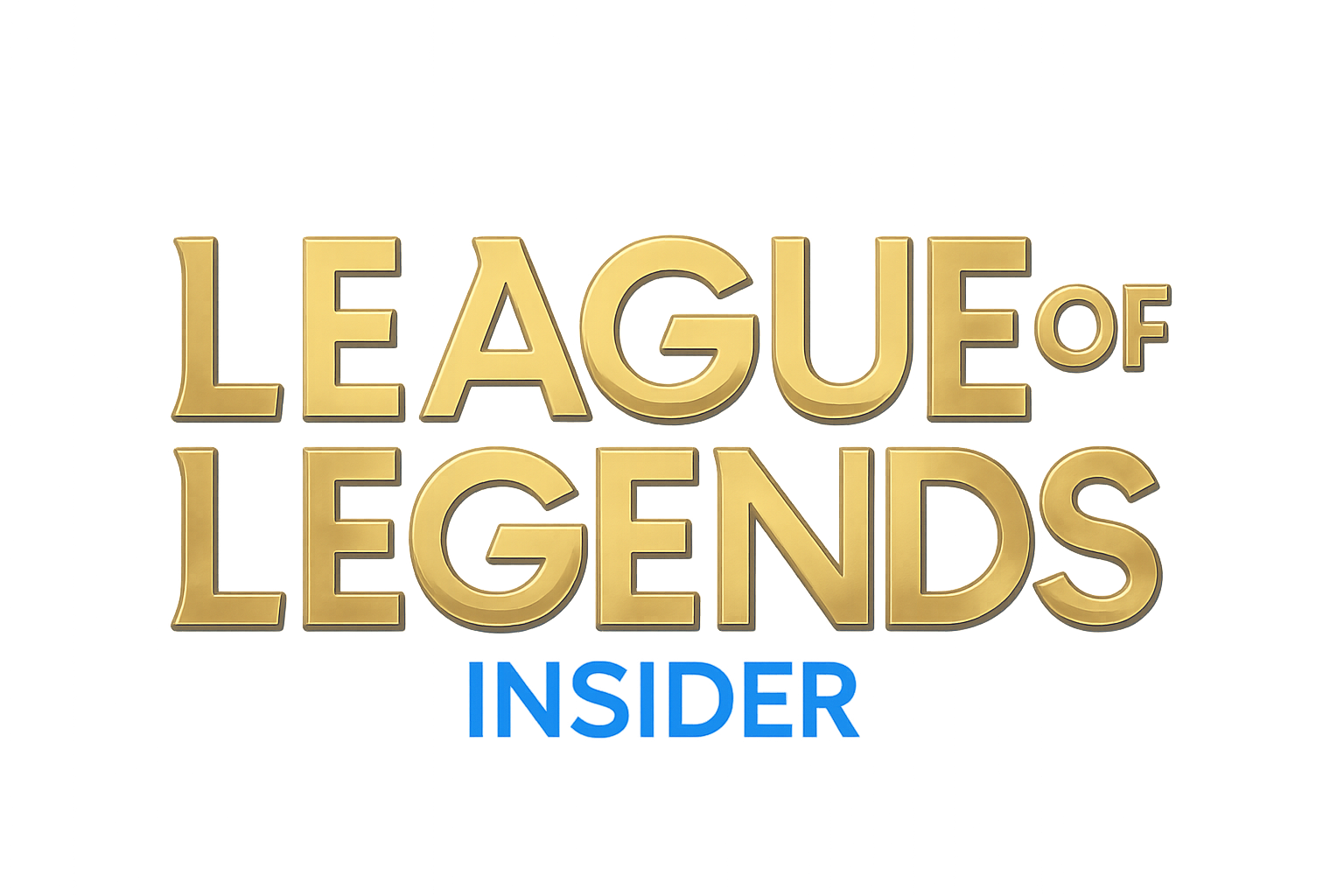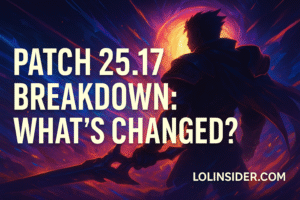With streaming becoming more popular than ever, many League of Legends players dream of turning their passion into content. But great streams don’t happen with gameplay alone—you need the right setup. The Best Hardware for LoL Streaming ensures smooth gameplay, clear communication, and a professional viewer experience.
This guide explores the essential PC specs, peripherals, and additional tools needed to start (or upgrade) your LoL streaming journey.
Chapter 1: Core PC Requirements
Streaming League isn’t as demanding as some modern titles, but you’ll still need solid specs for smooth performance.
- CPU: At least an Intel i5 12th Gen / AMD Ryzen 5 5600X or better. For higher-quality encoding, Ryzen 7 or i7 is recommended.
- GPU: Nvidia RTX 3060 or AMD RX 6700 XT minimum. Nvidia cards with NVENC are ideal for streaming.
- RAM: 16GB DDR4/DDR5 for smooth multitasking.
- Storage: SSD (500GB+) for fast load times and recording.
Chapter 2: Monitors
- Primary Monitor: 144Hz (or higher) refresh rate monitor for responsive gameplay.
- Secondary Monitor: A 60Hz+ monitor for chat, OBS controls, and stream management.
Popular picks: ASUS TUF 27” 144Hz, Dell S2721DGF.
Chapter 3: Audio Setup
Viewers tolerate lower video quality, but poor audio drives them away instantly.
- Microphone:
- Budget: Fifine K669B USB Mic.
- Mid-Tier: Blue Yeti or HyperX QuadCast.
- Pro: Shure SM7B (with GoXLR or Focusrite Scarlett).
- Headset: Comfortable, with clear sound. HyperX Cloud II, SteelSeries Arctis 7, or Logitech G Pro X.
Chapter 4: Webcam & Lighting
While optional, webcams increase viewer engagement.
- Webcam Options: Logitech C920 (budget), Elgato Facecam (mid), Sony ZV-E10 (pro).
- Lighting: Ring lights or Elgato Key Light Air ensure clear, flattering visuals.
Chapter 5: Keyboards & Mice
League doesn’t require MMO-style hardware, but comfort and responsiveness are crucial.
- Keyboards: TKL mechanical keyboards (Corsair K65, Logitech G Pro X).
- Mice: Lightweight, precise options (Logitech G Pro Wireless, Razer Viper Ultimate).
Chapter 6: Streaming Tools & Accessories
- Capture Card (optional for dual PC setups): Elgato HD60 X.
- Stream Deck: For quick scene transitions, sound effects, and overlays.
- Green Screen (optional): Elgato Green Screen for clean camera background.
Chapter 7: Internet Requirements
Stable internet is the backbone of streaming.
- Upload Speed: At least 10 Mbps for 1080p 60fps streaming.
- Connection: Wired Ethernet is always better than Wi-Fi.
Chapter 8: Budget vs Pro Streaming Builds
Budget Build (~$1,000–1,200):
- Ryzen 5 CPU, RTX 3060, 16GB RAM, USB mic, single monitor.
Mid-Tier Build (~$1,800):
- Ryzen 7/i7 CPU, RTX 3070, 16–32GB RAM, dual monitors, Blue Yeti mic.
Pro Build ($3,000+):
- Ryzen 9/i9 CPU, RTX 4080, 32GB DDR5, Shure SM7B, dual monitors + stream deck.
FAQs
Q1: Do I need two PCs for streaming LoL?
Not necessary—modern CPUs and GPUs can handle both gameplay and encoding on one machine.
Q2: Is a webcam required for streaming?
No, but it helps create stronger viewer connection.
Q3: What’s the cheapest way to start streaming?
A decent PC, free OBS software, and a USB mic like the Fifine K669B.
Q4: Can I stream with just a laptop?
Yes, if it meets CPU/GPU requirements, though desktops are more reliable.
Conclusion
The Best Hardware for LoL Streaming combines performance, reliability, and quality peripherals. With a strong CPU/GPU, clear microphone, smooth monitor setup, and stable internet, you’ll be ready to deliver high-quality streams that engage viewers and showcase your skills.
Remember, you don’t need the most expensive setup to start—focus on reliable gear, upgrade over time, and most importantly, enjoy the process of sharing League of Legends with the world.







